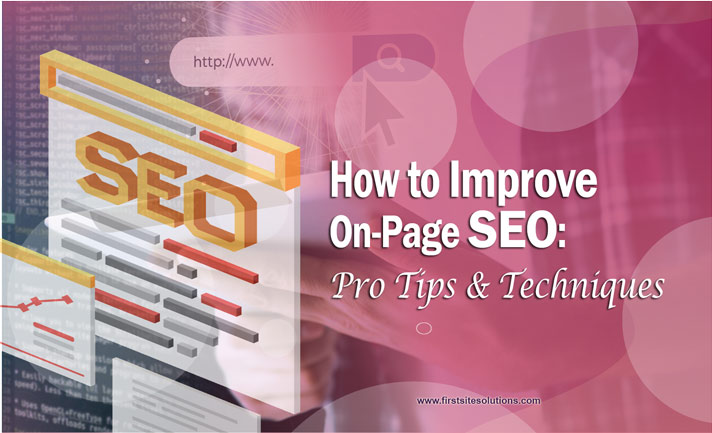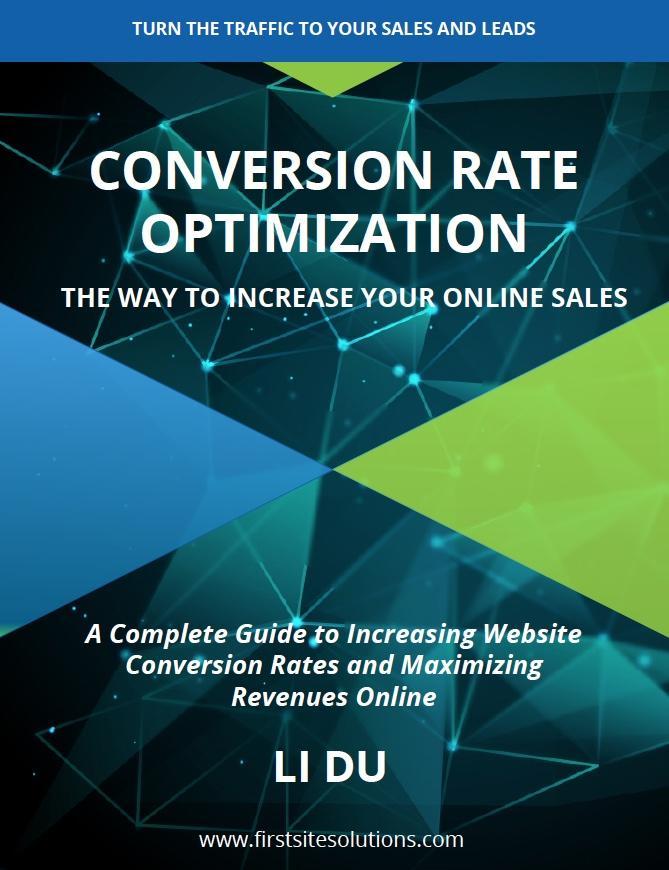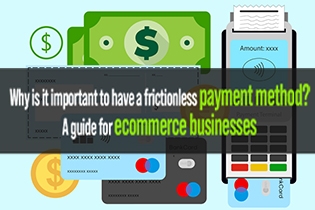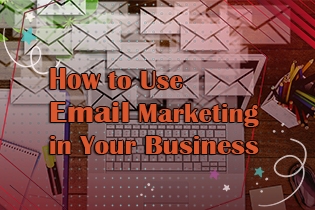
In today's competitive digital landscape, on-page SEO plays a crucial role in determining a website's search engine ranking. Mastering on-page SEO techniques can significantly enhance your website's visibility, attract organic traffic, and improve user experience. In this guide, we'll explore actionable strategies to improve on-page SEO and optimize your web pages effectively.
What is On-Page SEO?
On-page SEO refers to the practice of optimizing individual web pages to rank higher in search engine results pages (SERPs) and earn more relevant traffic. Unlike off-page SEO, which focuses on external factors like backlinks, on-page SEO involves optimizing elements within your website, including content, HTML source code, and site architecture.
On-Page SEO Techniques and Tips
1. Conduct Comprehensive Keyword Research
Keyword research is the foundation of on-page SEO. Identifying and targeting the right keywords ensures that your content aligns with search intent and reaches the right audience.
Best Practices:
- Use tools like Google Keyword Planner, Ahrefs, and SEMrush to find high-traffic, low-competition keywords.
- Target long-tail keywords as they have less competition and higher conversion potential.
- Focus on search intent (informational, navigational, transactional) to match users' needs.
- Use LSI (Latent Semantic Indexing) keywords to add context and improve relevance.
2. Optimize Title Tags and Meta Descriptions
Title tags and meta descriptions are critical on-page SEO elements that influence click-through rates (CTR).
Optimization Tips:
- Keep title tags under 60 characters and include the primary keyword.
- Write compelling meta descriptions (150-160 characters) that encourage clicks.
- Avoid keyword stuffing; instead, make descriptions natural and engaging.
Example:
<title>How to Improve On-Page SEO: Pro Tips & Techniques</title>
<meta name="description" content="Discover the best techniques to improve on-page SEO and optimize your website for better search rankings.">
3. Optimize URL Structure
A well-structured URL improves user experience and SEO rankings.
Best Practices:
- Keep URLs short, descriptive, and keyword-rich.
- Use hyphens (-) instead of underscores (_).
- Avoid unnecessary numbers or characters.
- Example: https://yourwebsite.com/improve-on-page-seo
4. Use Proper Header Tags (H1, H2, H3, etc.)
Header tags structure your content, making it easier for search engines and users to understand.
Implementation Tips:
- Use H1 for the main title.
- Utilize H2 and H3 for subheadings and organization.
- Naturally include keywords within headers.
Example:
<h1>How to Improve On-Page SEO</h1>
<h2>1. Keyword Research</h2>
<h3>Best Practices</h3>
5. Improve Content Quality and Readability
Google prioritizes high-quality, engaging content. Ensure your content meets EEAT (Expertise, Experience, Authoritativeness, Trustworthiness) standards.
Tips for High-Quality Content:
- Write original, well-researched content that provides value.
- Maintain a conversational and engaging tone.
- Use bullet points, numbered lists, and short paragraphs to enhance readability.
- Implement schema markup for FAQs and articles to enhance visibility.
6. Optimize Images for SEO
Images enhance user experience but need optimization for better performance.
Image Optimization Techniques:
- Use descriptive file names (e.g., on-page-seo-guide.jpg).
- Add alt text with relevant keywords.
- Compress images with tools like TinyPNG to reduce load times.
- Implement lazy loading to improve page speed.
Example:
<img src="/on-page-seo-guide.jpg" alt="How to improve on-page SEO with image optimization">
7. Enhance Internal Linking Strategy
Internal linking improves site structure, distributes link equity, and enhances user navigation.
Best Practices:
- Link to relevant, high-authority pages within your site.
- Use descriptive anchor text rather than generic phrases like "click here".
- Ensure a logical linking hierarchy to guide users and search engines.
8. Mobile-Friendliness and Page Speed Optimization
With mobile-first indexing, having a mobile-friendly site is essential for SEO success.
Optimization Strategies:
- Use responsive design to ensure compatibility across devices.
- Improve page speed using Google PageSpeed Insights.
- Enable browser caching, minify CSS/JavaScript, and use CDN (Content Delivery Network).
- Ensure buttons and links are easily clickable on mobile devices.
Advanced On-Page SEO Techniques to Boost Rankings
Now that we've covered the fundamentals, let's dive deeper into advanced on-page SEO techniques that will help take your website to the next level.
9. Improve Core Web Vitals
Google's Core Web Vitals measure the user experience on your site, focusing on loading speed, interactivity, and visual stability. Optimizing these metrics improves SEO performance and enhances user satisfaction.
How to Optimize Core Web Vitals:
- Largest Contentful Paint (LCP): Ensure the largest element (image, text block, or video) loads within 2.5 seconds.
- First Input Delay (FID): Reduce interactivity delays by optimizing JavaScript and minimizing third-party scripts.
- Cumulative Layout Shift (CLS): Prevent unexpected content shifts by setting explicit dimensions for images and videos.
10. Optimize for Featured Snippets
Featured snippets appear at the top of Google's search results, often in a box format. Ranking for featured snippets can significantly boost traffic.
Steps to Rank for Featured Snippets:
- Structure content with clear, concise answers to common search queries.
- Use bullet points, numbered lists, and tables to increase the chances of getting featured.
- Format content using H2 and H3 tags for better readability.
11. Leverage Internal Linking Strategy
Internal linking improves site navigation, distributes page authority, and helps search engines index your site efficiently.
Best Practices for Internal Linking:
- Link to high-authority pages within your site to boost rankings.
- Use descriptive anchor text to provide context for users and search engines.
- Avoid excessive linking; keep it natural and relevant.
12. Optimize for Image Search
Images contribute to both user experience and SEO. Optimized images can rank in Google Image Search, driving additional traffic.
Image SEO Optimization Techniques:
- Use descriptive file names (e.g., best-seo-strategies.jpg instead of IMG1234.jpg).
- Add alt text with relevant keywords to improve accessibility and SEO.
- Compress images using tools like TinyPNG or ImageOptim to reduce load time.
13. Utilize Schema Markup
Schema markup (structured data) helps search engines understand your content better and enhances search results with rich snippets.
Types of Schema to Implement:
- Article Schema: Helps blog posts appear in Google News.
- FAQ Schema: Displays frequently asked questions in search results.
- Local Business Schema: Essential for businesses like accountants, estate agents, or even SEO For Accountants services.
14. Optimize for Mobile Users
Google follows a mobile-first indexing approach, meaning it primarily uses the mobile version of a site for ranking.
Mobile Optimization Tips:
- Use a responsive design that adapts to different screen sizes.
- Ensure clickable elements (buttons, links) are well-spaced and easy to tap.
- Improve mobile page speed by minimizing unnecessary scripts.
15. Update Old Content Regularly
Google rewards fresh, updated content that remains relevant.
How to Refresh Old Content:
- Update outdated statistics, facts, and links.
- Add new sections, images, and case studies.
- Republish with a new date to signal freshness to search engines.
16. Improve Engagement Metrics
User engagement directly impacts SEO, as Google considers bounce rate, time on site, and click-through rate (CTR) in rankings.
How to Boost Engagement:
- Write compelling meta descriptions to increase CTR.
- Use interactive elements like quizzes, polls, and videos.
- Optimize readability with short paragraphs and bullet points.
17. Implement E-E-A-T Guidelines
Google evaluates content based on Experience, Expertise, Authoritativeness, and Trustworthiness (E-E-A-T).
How to Strengthen E-E-A-T:
- Display author bios and credentials on articles.
- Cite reputable sources and statistics.
- Get mentioned on trusted websites through PR and guest blogging.
18. Improve User Experience (UX)
A seamless user experience keeps visitors on your site longer, reducing bounce rates.
Ways to Enhance UX:
- Improve site navigation with clear menus.
- Use contrasting colors and readable fonts.
- Avoid intrusive pop-ups that disrupt browsing.
19. Optimize for Voice Search
With the rise of smart assistants (Google Assistant, Siri, Alexa), optimizing for voice search is crucial.
Voice Search Optimization Tips:
- Use natural, conversational language.
- Target question-based queries like "How to improve on-page SEO?"
- Optimize for local searches (e.g., "best accountant SEO services near me").
20. Monitor and Analyze SEO Performance
SEO is an ongoing process. Regular monitoring ensures continued improvement.
Essential SEO Tracking Tools:
- Google Search Console: Monitor indexing and performance.
- Google Analytics: Track traffic and user behavior.
- SEMrush & Ahrefs: Analyze competitors and backlinks.
Final Thoughts
Mastering how to improve on-page SEO requires a combination of technical expertise, strategic content optimization, and continuous monitoring. By implementing these pro tips and techniques, your website can achieve higher rankings, better user engagement, and increased conversions.
By refining your SEO strategies over time, you can stay ahead in competitive industries—whether you’re working on SEO for accountants, SEO services for estate agents, or optimizing an SEO For Accountants campaign.
Start applying these techniques today, and watch your website climb the search rankings!








